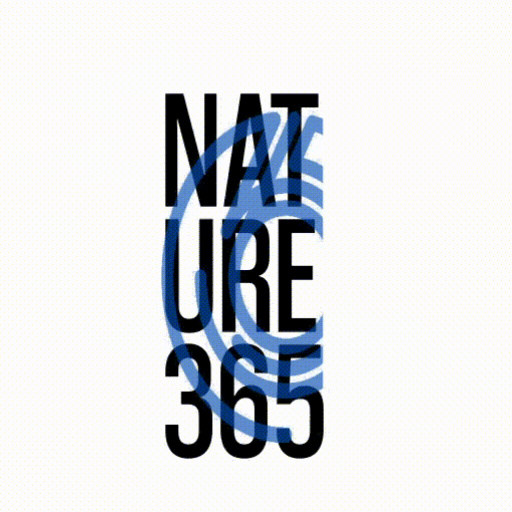A loyal pet is the best companion of the owner and he or she will definitely bring the best food for the pet as well. It is essential as well to provide the best food for the pet but it is also important to recycle the pet food packaging to avoid the bad impact on the environment. Today we will be checking out various ways to recycle pet food packaging and this article will be helping you to join the army to keep the planet green forever. So without making any further delay let’s get into the article to check out the full details.
Types of Pet Food Packaging:
Pet food packaging comes in various forms, each with its own material composition and environmental implications. Understanding these materials is crucial for proper recycling and minimizing environmental impact.
Cans:
Cans are one of the most common types of pet food packaging. Typically made of aluminum or steel, these containers provide a sturdy and airtight seal, ensuring the freshness and safety of the contents. However, while metal is recyclable, the process of recycling cans can be energy-intensive. It involves melting down the metal to be reused, which consumes a significant amount of energy. Despite this, recycling cans remains an effective way to reduce waste and conserve resources.
Plastic Bags:
Plastic bags are another prevalent option for pet food packaging. Unfortunately, plastic is notorious for its detrimental impact on the environment. Unlike metals and certain other materials, plastic does not biodegrade easily. Instead, it breaks down into smaller pieces known as microplastics, which can persist in the environment for hundreds of years. These microplastics can harm wildlife and ecosystems and may even find their way into the human food chain. Consequently, reducing the use of plastic bags and properly recycling them when possible is essential for mitigating environmental harm.
Cardboard Boxes:
Certain dry pet foods are packaged in cardboard boxes, similar to cereal boxes. Cardboard is a paper-based material, making it biodegradable and recyclable. Recycling cardboard is relatively straightforward and environmentally friendly compared to other packaging materials. It can be broken down and processed into new paper products, reducing the demand for fresh paper pulp and minimizing deforestation. Additionally, cardboard boxes are often made from recycled materials themselves, further enhancing their sustainability credentials.
Pouches:
Certain specialty or soft pet foods come in pouches, often made from a combination of plastic and foil. While these pouches offer convenience and flexibility, they present challenges for recycling. The combination of materials makes them difficult to separate and process efficiently. As a result, pouches are less commonly recycled compared to cans, cardboard, or even plastic bags. However, efforts are underway to develop innovative recycling technologies capable of handling complex packaging structures like pouches.
Now let’s check out the steps to recycle the food packaging materials in a proper manner to avoid a bad impact on the environment.
Recycling Pet Food Packaging:
1. Check Local Recycling Guidelines: Before disposing of pet food packaging, familiarize yourself with local recycling guidelines. Different municipalities may have specific requirements or restrictions regarding the recycling of certain materials.
2. Clean and Empty Containers: Rinse out cans, plastic bags, and pouches to remove any remaining food residue. Clean containers are easier to recycle and help prevent contamination of recycling streams.
3. Separate Materials: If the packaging consists of multiple materials (e.g., plastic and foil pouches), try to separate them to the best of your ability. This may involve cutting or tearing the packaging apart to facilitate recycling.
4. Utilize Recycling Programs: Many communities offer curbside recycling programs for common packaging materials like cans, cardboard, and plastic bags. Take advantage of these programs to ensure that pet food packaging is properly recycled.
5. Explore Alternative Disposal Methods: If recycling options are limited for certain types of packaging, consider alternative disposal methods such as upcycling or repurposing. For example, cardboard boxes can be reused for storage or crafting projects.
By following these steps, pet owners can play a proactive role in reducing waste and minimizing the environmental impact of pet food packaging. While recycling is important, it’s also crucial to prioritize sustainable packaging options and minimize overall consumption whenever possible. Together, these efforts contribute to a healthier planet for current and future generations.
You can use various options to recycle the food packaging items and that includes the information from the local recycling Centre or they might receive your food packaging items to recycle them properly and this will avoid your extra efforts as well. You can also think to reuse the materials for various purposes like storing your essential items or use them as a container and more.
- About the Author
- Latest Posts
A passionate advocate for all natural and sustainable ideas. With a background in sustainable economics science and a deep love for nature, Sojy has dedicated his career to promoting eco-friendly practices and encouraging others to live a more sustainable lifestyle. He is an avid hiker, gardener, and cook, and loves experimenting with natural ingredients in his recipes and lifestyle routines. Sojy believes that small changes can make a big impact and is constantly seeking out new ways to reduce his carbon footprint and inspire others to do the same




